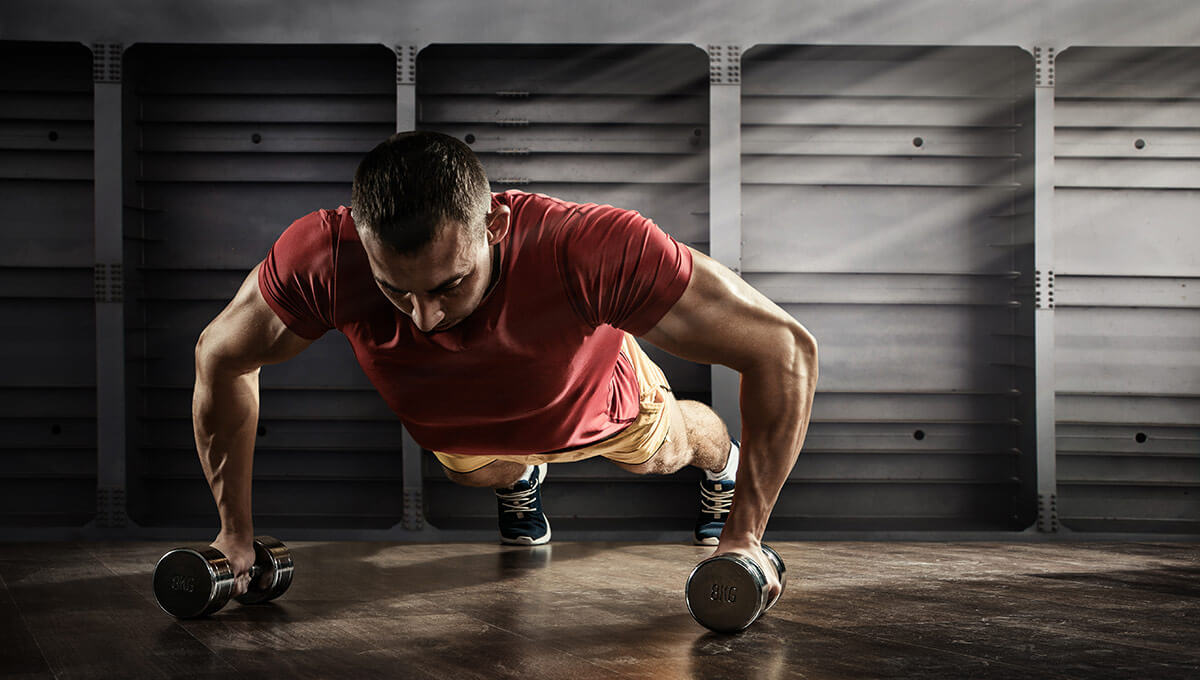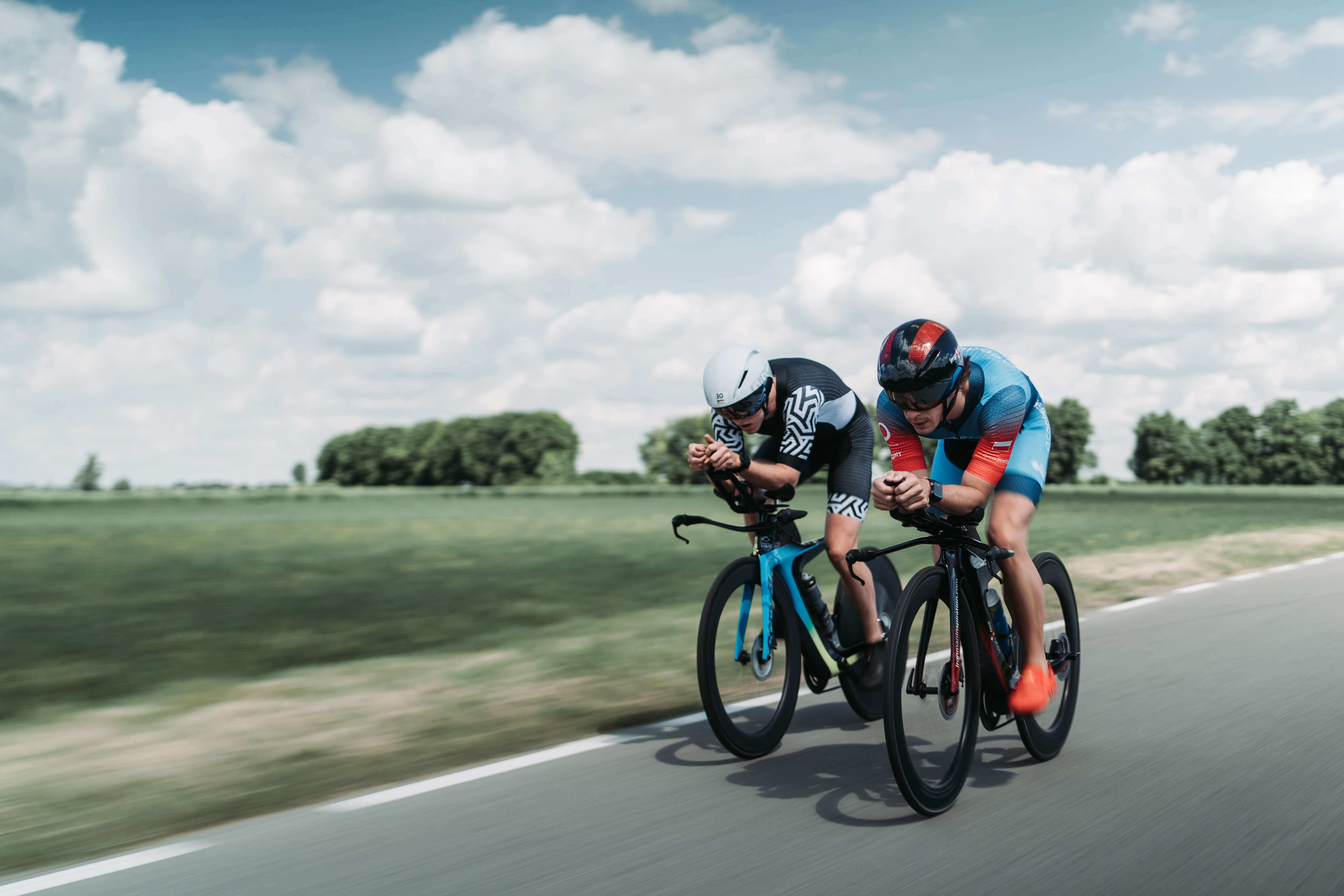
At what time of day is training most effective?

The second stage in the triathlon triad is ahead of you – it is time for the cycling stage. Some athletes see it as the perfect time to improve their result after a poor swimming performance, while others might regard it as an opportunity to take the race lead. However, for all participants it is another test of their own endurance and character. What should you remember before taking part in cycling training? And what mistakes should be avoided to save your own strength and achieve your desired time in the competition?
Many triathlon experts train in a completely different body posture from that adopted in competition. This is a serious mistake, which is soon demonstrated when you are on the road. The movement system, especially the lumbar spine, due to its not being used to this specific posture, will quickly cause you discomfort and pain. Therefore, all interval training performed at home and in the open air should be carried out in the aforementioned position, which will allow you to reproduce the conditions of the race, and provide the body with the necessary adaptation to the upcoming competition.
There is no doubt that the technical condition of the bicycle, and all aspects related to its functionality, play as important a role as the psychophysical fitness of the competitor. In the case of this piece of equipment, one of its most-important elements is the crank, and, specifically, its length. An exercise bike and a professional bike should not differ in terms of this parameter, as even small deviations will affect the efficiency of the body’s work, and the result of the entire race. It is important to shape and train the muscle memory in conditions the most similar to those which will apply in the following few hours of competition.
An equally important element is the customisation of the bike to your own body, so that your posture during the real race (and training) provides the body with maximum efficiency while riding. According to experts and experienced competitors, a properly adjusted body posture leads to a real improvement in speed (even up to 3 km/h along the route!), which would quite clearly demonstrate an improvement in the training results up to that point, and an gives an even-greater chance of achieving a good time during the competition.
Other equipment (e.g. helmet or shoes) must also be individually adapted to the specific competitor. The best solution will be to enlist the help of a trainer and a fitbiker studio, whose experience will allow you to fully customise the equipment to your current capabilities.
In the case of interval cycling training, a much-better solution would be to use a training bike and shape your condition at home. This will allow you to guarantee much-greater safety (especially in relation to other road users) and minimise the risk of injury. Especially when, during the intervals, the competitor needs to be at his or her best (both physically and mentally), and just a moment of inattention can be enough to lose one’s rhythm and suffer a minor, or even a serious, accident. Therefore, free riding outdoors will be much-more beneficial for casual training, such as practising turnouts.
The cycling leg, in contrast to the previous stage involving swimming, gives the opportunity to replenish your fluids and energy reserves, which decrease with every minute, so you can cover the next kilometres. Energy gels and water or isotonic-drinks bottles are a true ally of every triathlonist, but, as in other cases, the nutrition issue also requires a proper strategy from the race participant.
Before the race, it is worth checking out the route carefully to remember the turning points and the location of the buffets. This will allow you to properly plan the key moments necessary to provide the body with the necessary injection of energy, which will certainly save valuable time, and minimise the risk of an unexpected loss of strength. The best solution will be to regularly drink and consume these gels about every 30 minutes, so that intensely working muscles and the nervous system have constant access to sufficient energy resources.
One of the most-important aspects of achieving a favourable performance in a cycling stint is maintaining the optimal cycling speed. By setting pace ranges before the pursuit, and adhering to them throughout the course of the race, you will save a great deal of energy. Uneven riding in the form of slowing down, followed by hasty acceleration, will not be effective for the body - the competitor might become prone to breathlessness, the acidification of the muscles, and the loss of most of his or her strength, than in the case of steady pedalling with full concentration. Especially since this is not the end of the event. The last – the running - stage is ahead of you. The best is the enemy of the good, so it is worth staying calm and completing the route at your own pace, and with the necessary energy.
The information below is required for social login
Sign In
Create New Account